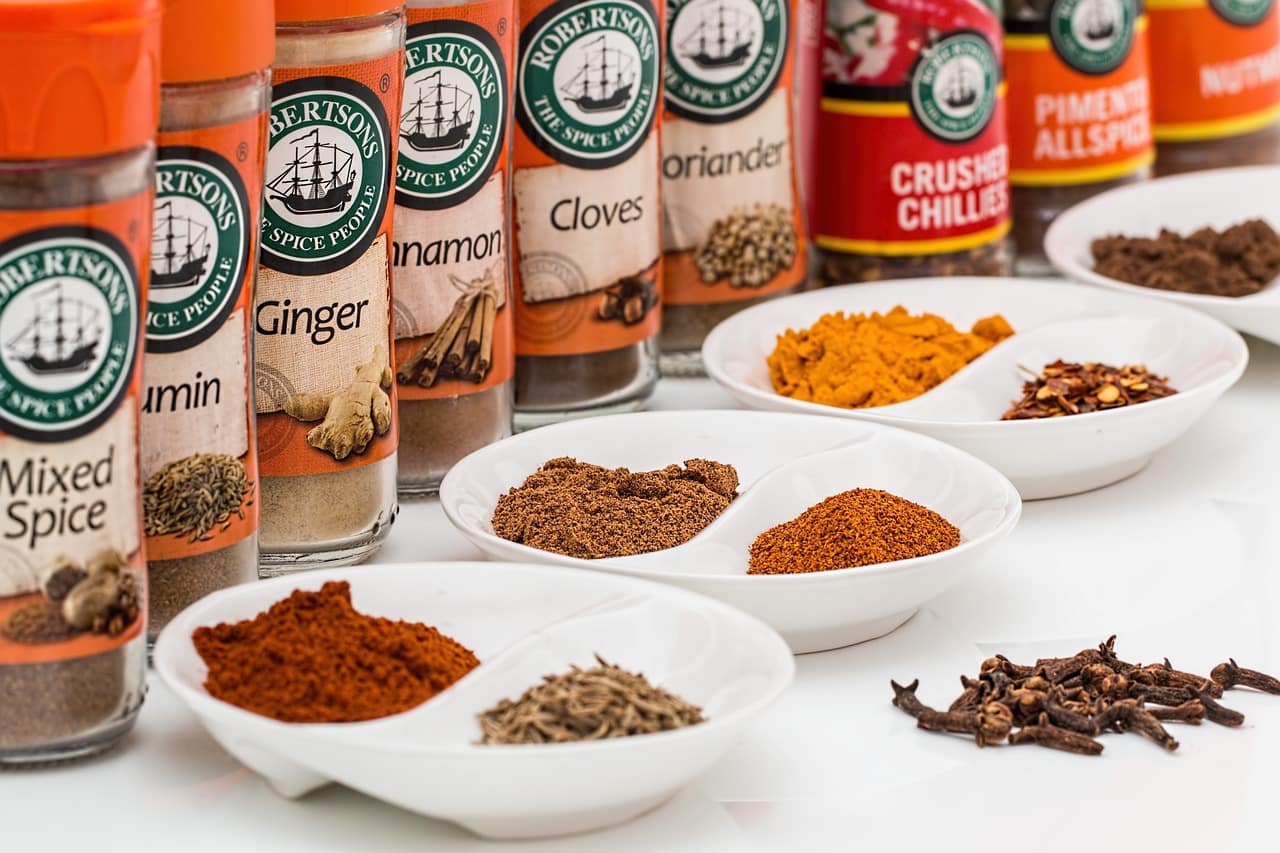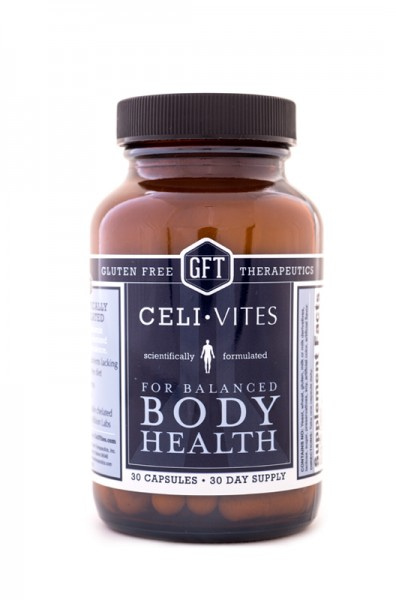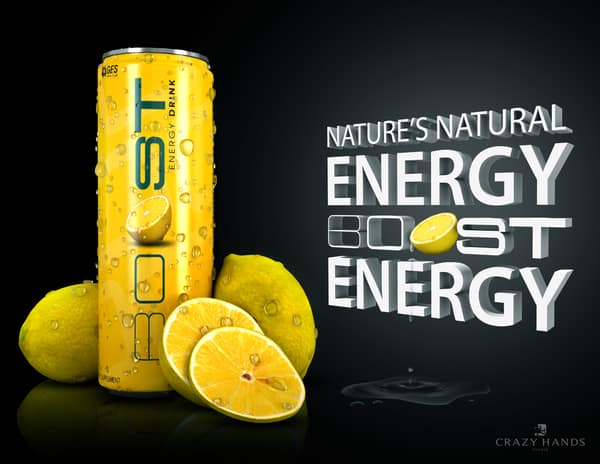Stop Worrying About These Additives: Top Food Additives That Are Actually Harmless

Are you worried about the food additives you find on ingredient labels? You’re not alone. Many people are concerned about the health effects of additives in their food. Some additives are indeed harmful, but others are perfectly safe.
That’s right. Not everything you read or hear about food additives is true. There are many common food additives that are actually harmless. They are used to improve the taste, texture, and appearance of food, and some even have health benefits. So keep on reading, as today, you’ll be learning about the top food additives that are actually harmless.
Calcium Pantothenate
Calcium Pantothenate, AKA Vitamin B5, is a food additive that is often used in fortified foods and dietary supplements. Experts from m&u international llc explained that it has many important functions in the body and is considered safe for consumption by FDA and other regulatory authorities. The key role of Calcium Pantothenate is its involvement in energy metabolism. It helps to convert carbohydrates, fats, and proteins into usable energy for our bodies. Additionally, Calcium Pantothenate plays a role in the synthesis of certain hormones and neurotransmitters.

Locust Bean Gum
Have you ever come across the ingredient “locust bean gum” on a food label and wondered what it actually is? Well, let me assure you that it’s nothing to worry about. Locust bean gum is basically a natural food additive derived from the seeds of the carob tree. One of the main reasons locust bean gum is used in various food products is because of its thickening and stabilizing properties. It helps improve texture, prevent separation, and enhance the overall quality of foods like ice cream, salad dressings, and sauces.
If you’re someone who prefers to opt for natural ingredients in your food choices, you’ll be glad to know that locust bean gum fits into that category, too. Being derived from a plant source means it’s not synthetic.
Monosodium Glutamate (MSG)
Monosodium Glutamate, commonly known as MSG, has long been the subject of controversy and debate. Many people believe that it is a harmful additive that should be avoided at all costs. However, extensive scientific research has shown that MSG is actually safe for consumption. MSG is a flavor enhancer often used in various cuisines in Asia and around the world to bring out the natural flavors of dishes. It adds a savory umami taste that can elevate the overall dining experience. Despite claims linking MSG to Chinese Restaurant Syndrome, which includes headaches and allergic reactions, numerous studies have failed to provide substantial evidence supporting these claims.
In fact, organizations such as the FDA have classified MSG as “generally recognized as safe.” The body metabolizes glutamic acid – which forms the basis of MSG – just like any other amino acid found naturally in foods.
Glycerol
Glycerol is another food additive that has been the subject of much debate and concern. Usually, glycerol is added to food products because of its ability to retain moisture. It acts as a humectant, preventing foods from becoming dry and stale. Another benefit of glycerol is its sweet taste. In fact, it’s about 60% as sweet as sugar but with fewer calories. But what makes them safe for consumption?
Furthermore, glycerol has been found to have some health benefits. These include helping to improve skin hydration and elasticity when applied topically and improving exercise performance by enhancing fluid retention and reducing dehydration. While it’s always wise to be mindful of what we consume and make informed choices about our diet, it’s also important not to unnecessarily worry about every single food additive listed on ingredient labels. The majority of them have undergone extensive testing for safety before being approved for use in our food supply chain.…


 Getting enough sleep is essential for your physical and mental health. Make sure you get at least 8 hours of restful sleep per night. This will help to ensure that your body has the time it needs to recover from exercise and help regulate hormones such as leptin, which play an essential role in metabolism and hunger levels.
Getting enough sleep is essential for your physical and mental health. Make sure you get at least 8 hours of restful sleep per night. This will help to ensure that your body has the time it needs to recover from exercise and help regulate hormones such as leptin, which play an essential role in metabolism and hunger levels.
 Another way to boost your energy levels on a weight loss program is to avoid caffeine and sugary drinks. Caffeine can give you an initial energy boost, but this will be followed by an inevitable crash that will leave you even more tired. Sugary drinks like sodas and energy drinks may seem tempting, but they are full of empty calories, which can lead to weight gain.
Another way to boost your energy levels on a weight loss program is to avoid caffeine and sugary drinks. Caffeine can give you an initial energy boost, but this will be followed by an inevitable crash that will leave you even more tired. Sugary drinks like sodas and energy drinks may seem tempting, but they are full of empty calories, which can lead to weight gain.

